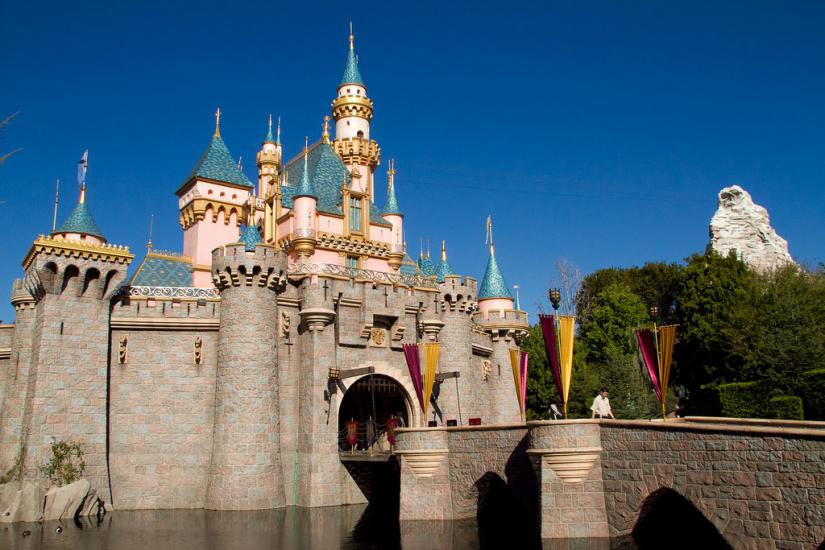
Image: Carlos/Flickr cc
Acquiring Disney may make Apple’s products more valuable due to exclusive content and streaming rights, but it also goes against what Apple is good at – what does it know about running theme parks?
With US President Donald Trump’s tax reform to be implemented this month, Apple will be able to repatriate the estimated US$260 billion it has sitting offshore and many are speculating that it will be looking to bolster its struggling TV and movie offerings.
But buying companies that don’t complement the main business went out of fashion a while ago. In recent years, acquisitions and partnerships have involved companies that reflect and enhance each other’s “core competencies”, adding value to both businesses.
Look at Google and Walmart partnering to compete with Amazon, for example. This leverages Google’s online shopping platform and home assistant, and Walmart’s distribution channel.
Core competencies give a company a competitive advantage over its competitors. Apple has a number of core competencies. These include the design, marketing and customer service that make its customers passionate about its products; and its “platforms” that curate the content of others (for example, music, apps and games).
Besides possibly wiping out Apple’s entire cash stash, buying Disney also means buying all of its businesses – media networks, parks and resorts, studios, consumer products (such as toys) and interactive media.
Maybe the theme parks and consumer products could be sold off, leaving Apple with the content-related businesses. But on the whole this acquisition would leave Apple with a lot of assets that don’t fit in with its other businesses and products.
Compare this to Apple’s acquisition of Beats Electronics in 2014. This not only provided a new line of products (headphones) that complement Apple’s devices, but also came with a music-streaming platform that has been folded into Apple’s music platform. In other words, this acquisition fits with what Apple does best.
Why would Apple buy Disney?
The idea is that buying Disney would help Apple compete against other players like Amazon, Google and Comcast. AppleTV’s share of the streaming devices market has declined in recent years.
Disney already has a valuable back catalogue of content, as it owns Lucasfirm (which produces Star Wars), Pixar, Marvel, ESPN and US television network ABC. Recently, Disney also committed to acquire Rupert Murdoch’s 21st Century Fox and bought out BAMtech, the company that operates the streaming service for many sport leagues.
The potential for Apple in this space is huge. With Disney’s assets, AppleTV could become a “lifestyle content” platform for a large swath of services and consumers. These would include television, movies, games, music, photos, smart home applications, augmented reality products, online shopping and who knows what in the future.
This could provide another revenue stream for Apple, diversifying it from the iPhone release cycles.
But in the end, Disney may not be as valuable to Apple as it is as an independent company. With its content restricted to Apple devices, it would lose a huge portion of its audience.
Research also shows that, on average, the shareholder value of a firm goes down after it makes an acquisition, and that over 50% of mergers are seen as failures.
History is littered with failed acquisitions. For example, the merger of Daimler and Chrysler arguably destroyed billions of dollars of shareholder value.
![]() This isn’t to say that Apple shouldn’t consider acquisitions in completely different industries. But it is crucial for the company being acquired to fit in with what Apple does best.
This isn’t to say that Apple shouldn’t consider acquisitions in completely different industries. But it is crucial for the company being acquired to fit in with what Apple does best.
Danielle Logue, Associate Professor in Innovation, Entrepreneurship and Strategy, University of Technology Sydney and Charlene Zietsma, Associate professor, Pennsylvania State University
This article was originally published on The Conversation. Read the original article.

